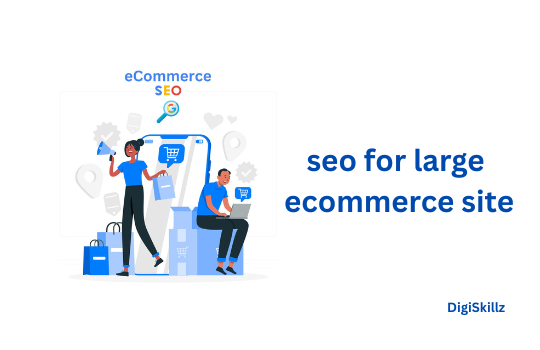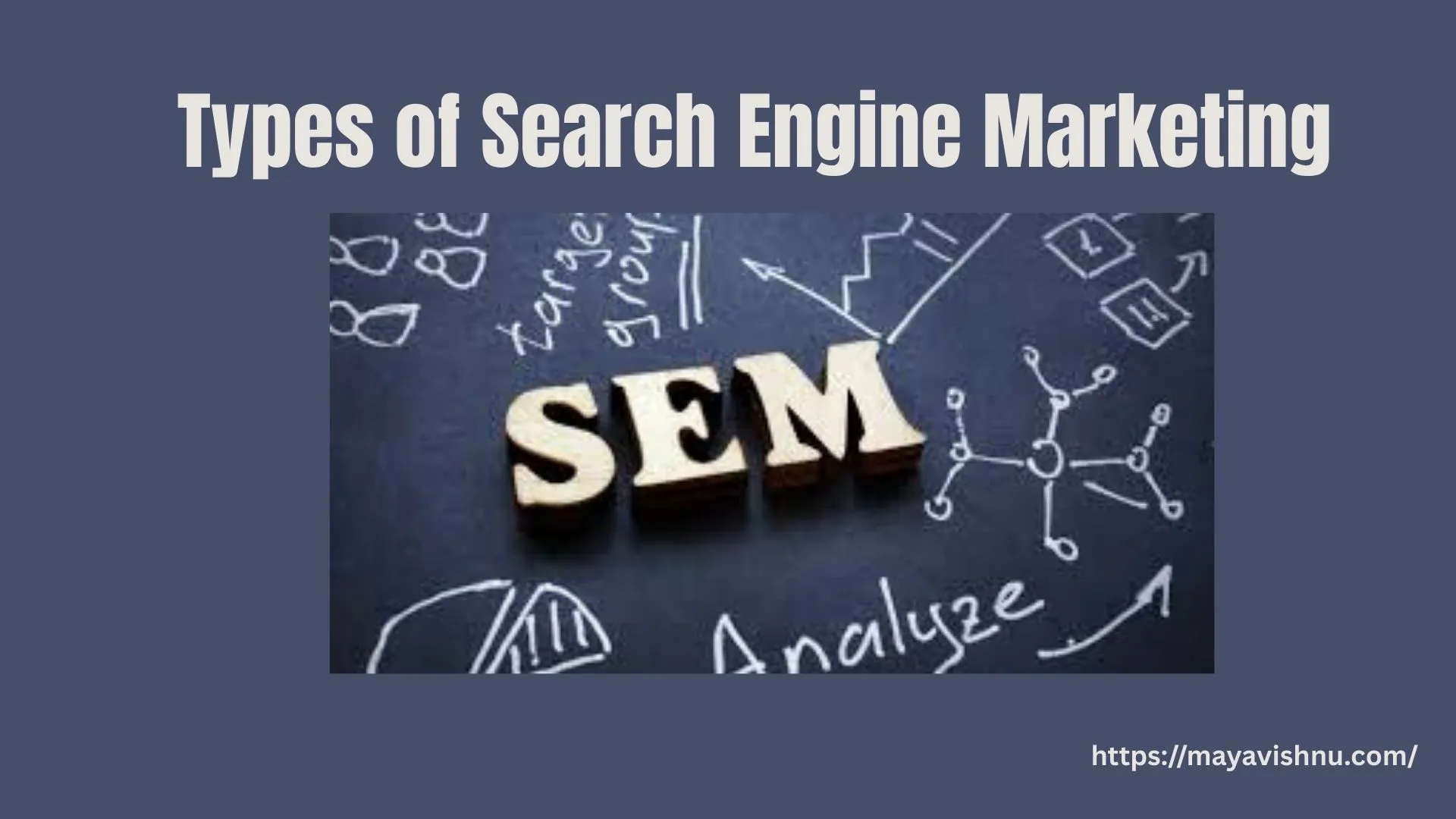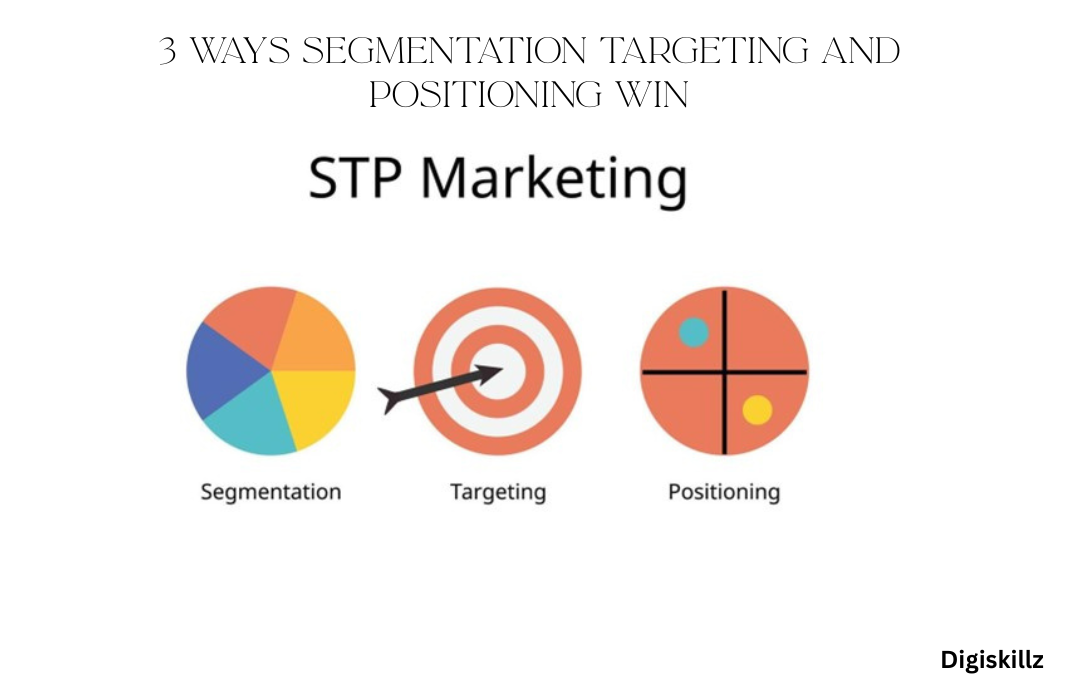seo for large ecommerce site In our modern digital landscape, online shopping has seamlessly woven itself into the fabric of our daily lives, transforming the way we explore, choose, and acquire products with unparalleled convenience and ease .With the convenience of browsing and purchasing products from the comfort of our homes, Seo for large ecommerce site has seen exponential growth. As we step into 2025, the competition among online retailers is fiercer than ever.
It’s not merely about drawing in visitors; it’s about captivating the right audience—those who are eager and ready to make a purchase .In this comprehensive guide, we’ll break down the essential Seo for large ecommerce site practices tailored specifically for large online stores. Whether you’re a seasoned digital marketer or just starting out, this guide will provide you with actionable insights to enhance your site’s visibility, drive more traffic, and ultimately boost sales.
Table of Contents
Organize Your Website Clearly A well-structured website helps both users and search engines navigate your content:
Clear Categories and Subcategories
- Think of your website as a library. Just as books are organized into genres and subgenres, your products or content should be grouped into logical categories and subcategories. For instance, an online clothing store might have main categories like “Men,” “Women,” and “Kids,” each further divided into subcategories such as “Shirts,” “Pants,” and “Accessories.” This hierarchical structure not only aids users in finding what they’re looking for but also helps search engines understand the relationship between different sections of seo for large ecommerce site
2. Internal Linking
- Internal links are hyperlinks that connect different pages within your website .They fulfill several functions: Navigation helps users navigate seamlessly between related content, and enables search SEO for large ecommerce site for large ecommerce site engines to discover and index new pages.
- Authority Distribution: Passing link equity from high-authority pages to others, boosting their visibility in search results.
- For example, if you have a blog post about “Summer Fashion Trends,” linking to product pages featuring summer clothing can guide readers directly to purchase options.
Breadcrumb Navigation
- Breadcrumbs are a secondary navigation system that shows users their current location within your site’s hierarchy. Typically displayed at the top of a page, breadcrumbs might look like:
They offer several benefits:
- User Experience: Empowering users to effortlessly navigate back to broader categories, enhancing their journey and overall engagement..
- SEO for large ecommerce site: Providing search engines with clear information about your site’s structure, which can enhance the way your pages appear in search results.
Benefits of a Well-Structured Website
- Implementing clear categories, internal links, and breadcrumbs leads to:
- Improved User Engagement: Users can find information quickly, reducing bounce rates.
- Enhanced Crawlability: Search engines can index your pages more effectively.
- Higher Search Rankings: A logical structure signals quality and relevance to search engines.

Use Effective Keywords Choosing the right keywords helps your products appear in search results:
Use Specific Long-Tail Keywords
- Long-tail keywords are highly specific phrases that often exceed the length of standard search terms, making them a powerful tool for capturing targeted traffic and addressing niche markets .For example, instead of using “shoes,” you might use “men’s running shoes for flat feet.” These keywords have lower search volumes but attract visitors who are more likely to make a purchase because they’re searching for exactly what you offer.
2 .Include Related Terms and Synonyms
- Search engines better understand the context of your content when you use related terms and synonyms.
- . For instance, if you’re selling “sofas,” also using words like “couches” or “loveseats” can help your pages appear in more search results. This approach broadens your reach and caters to different search habits.
Regularly Update Your Keywords
- The effectiveness of keywords can change over time. Regularly reviewing and updating your keywords based on performance data ensures that your content remains relevant and continues to attract traffic. Tools like Google Analytics can help you track which keywords are performing well and which ones need adjustment.
Utilize Keyword Research Tools

- There are several tools available to help you find effective keywords: Google Keyword Planner unveils essential insights into search volumes and competition levels for various keywords, empowering you to make informed and impactful decisions in your digital marketing strategy.
- Semrush : Provides comprehensive keyword analysis and competitor research.
- Ahrefs : Helps identify keyword opportunities and track rankings
5. Monitor Keyword Performance
- Monitor the performance of your keywords regularly .Monitor metrics like click-through rates (CTR), conversion rates, and search rankings. If certain keywords aren’t delivering the desired results, consider refining your content or choosing alternative keywords that better match user intent.
Optimize Product Pages Your product pages are the heart of your e-commerce site. To make them both user-friendly and search engine-friendly:
Craft Unique Product Descriptions
- Why It Matters: Search engines prioritize original content. Using manufacturer-provided descriptions can lead to duplicate content issues, negatively impacting your SEO rankings.
- Incorporate Keywords Naturally: Integrate relevant keywords without keyword stuffing.
- Focus on Benefits: Explain how the product solves a problem or meets a need.
- Example: Instead of a generic description like “High-quality leather wallet,” consider:
- “Crafted from premium full-grain leather, this wallet offers durability and a sleek design, featuring multiple card slots and a coin pocket for everyday convenience.”
2. Use High-Quality Images with Descriptive Alt Text
- Why It Matters: Visuals play a crucial role in online shopping decisions. Optimized images enhance user experience and contribute to SEO
- Best Practices: Multiple Angles: Provide images from various perspectives. High Resolution: Ensure images are clear and detailed.
- Descriptive Alt Text: Use keyword-rich alt text to describe images.
3. Incorporate Customer Reviews

- Why It Matters: User-generated content like reviews builds trust and provides fresh content, which can positively seo for large ecommerce site rankings.
- Best Practices:, Encourage Reviews: Prompt customers to leave feedback post-purchase.
- Respond to Reviews: Engage with customers by acknowledging their reviews.
4. Additional SEO Tips for Product Pages
- Optimize Title Tags and Meta Descriptions: Craft unique and descriptive titles and meta descriptions for each product page, incorporating target keywords naturally.
- Implement Structured Data: Use schema markup to provide search engines with additional context about your products, such as price, availability, and reviews.
- Improve Page Load Speed: Compress images and minimize code to enhance page load times, improving user experience and seo for large ecommerce site
4. Ensure Mobile-Friendliness
- With the increasing use of mobile devices for online shopping, ensuring your site is mobile-optimized is crucial:
1. Implement Responsive Design
- What It Is: Responsive design ensures your website automatically adjusts to fit different screen sizes, providing a seamless experience across all devices.
- Why It Matters: With over 60% of global internet traffic coming from mobile devices, a responsive design is essential for retaining visitors and improving seo for large ecommerce site performance.
- Best Practices: Flexible Layouts: Use CSS media queries to create fluid grids that adapt to various screen sizes.
2. Optimize Loading Speed
- What It Is: Loading speed refers to how quickly your website’s content appears on a user’s screen. Best Practices: Compress Images: Use tools like Tiny PNG to reduce image file sizes without compromising quality .Enable Browser Caching: Allow browsers to store static files locally, reducing load times for returning visitors. Minimize HTTP Requests: Combine CSS and JavaScript files to reduce the number of requests made to the server.
- Implement Lazy Loading: Load images and videos only when they enter the viewport, saving bandwidth and improving initial load times.
3. Simplify Navigation
- What It Is: Simplified navigation involves designing intuitive menus and buttons that are easy to use on mobile devices.
- Why It Matters: Clear and concise navigation helps users find what they’re looking for quickly, reducing bounce rates and improving user satisfaction.
- Best Practices:Use Widely Accepted Iconography: Employ universally recognized icons like a magnifying glass for search and a cart for the shopping basket.
- Sticky Navigation Bar: Keep the navigation bar fixed at the top of the screen for easy access.
5. Improve Site Speed for seo for large E-Commerce Success

- A slow-loading website can deter potential customers and negatively impact your search engine rankings. To ensure your e-commerce site performs optimally, consider the following strategies:
Compress Images Without Sacrificing Quality
- Why It Matters: Images often constitute a significant portion of a webpage’s size. Large, unoptimized images can drastically slow down page load times, leading to higher bounce rates and lower conversion rates.
- Best Practices:
- Use Appropriate Formats: Opt for modern image formats like Web P or AVIF, which offer superior compression and quality compared to traditional formats like JPEG and PNG.
- Resize Images: Ensure that the images are no larger than necessary. For instance, if your site displays images at 800×600 pixels, avoid uploading images larger than that.
2 . Minimize HTTP Requests
- Why It Matters: Each element on a webpage (images, scripts, stylesheets, etc.) requires an HTTP request. A high number of requests can overwhelm the browser, leading to slower load times.
- Combine Files: Merge multiple CSS or JavaScript files into a single file to reduce the number of requests.
- Use CSS Sprites: Combine multiple small images (like icons) into a single image sprite to reduce HTTP requests.
- Minimize external dependencies: Wherever possible, host your scripts and stylesheets locally instead of relying on external sources
3. Utilize Caching Strategies
- Why It Matters: Caching stores copies of files or data in temporary storage locations for quick access. Proper caching can significantly reduce load times for returning visitors.
- Browser Caching: Set appropriate expiration dates for static resources (like images, CSS, and JavaScript) to enable browsers to store them locally.
- Server-Side Caching: Implement server-side caching mechanisms to store dynamic content and reduce the load on your server.
- Content Delivery Network (CDN): Use a CDN to distribute your content across multiple servers globally, reducing latency and improving load times for users regardless of their location.
Optimizing a large e-commerce website for seo for large ecommerce site in 2025 involves a combination of clear organization, quality content, technical optimization, and ongoing analysis. By implementing these practices, you can enhance your online presence, attract more visitors, and increase sales. Remember, seo for large ecommerce site is an ongoing process that requires regular updates and adaptations to stay ahead in the digital marketplace. SEO for large ecommerce sites is essential for achieving visibility, scalability, and sustained growth in a competitive digital marketplace. Implementing effective SEO for large ecommerce sites involves a multifaceted approach that addresses both technical and content-related aspects. One critical component of SEO for large ecommerce sites is the optimization of site speed, as faster-loading pages enhance user experience and improve search engine rankings . Another vital aspect of SEO for large ecommerce sites is the creation of unique product descriptions, which helps prevent duplicate content issues and allows for better keyword targeting
Author: Farsin
Freelance Digital Marketer in Manjeri
DigiSkillz Kochi











Leave A Comment